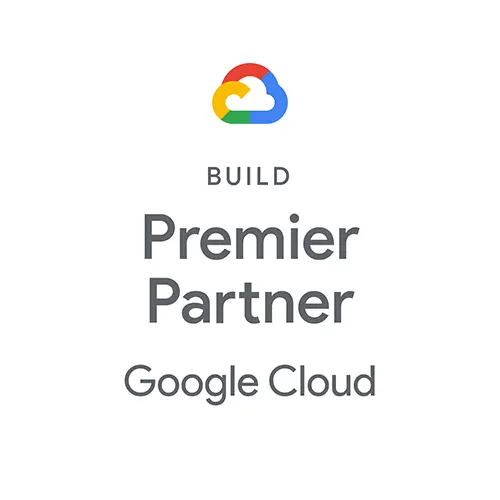Smart software license management is crucial for achieving success as a software vendor. It’s not only a matter of protecting your product against theft and piracy — software licensing solutions also make a huge difference in your clients’ experience of purchasing and using your software.
One of the software license models you may want to consider offering your clients is the floating license model.
What Is a Floating License?
You can think of a floating license like tables a restaurant. Anyone can come take a seat, but if a patron walks in and all the tables are full, they’ll have to wait for someone else to finish and vacate a table.
Similarly, a company that purchases a floating software license can gain access for an unlimited number of its employees, but only a certain number of them can use it simultaneously.
Here’s how it works: a central server stores a certain number of licenses for the client. When a user is ready to run the software, they request a license from the floating license server. If there are licenses available, the server grants the user immediate access to the software. When the user is done using the software, the license is “returned” to the server to await the next user. If a user requests access when all the licenses are in use, they will have to wait for one to become available.
Floating software licensing models can be particularly useful for companies that need all their employees to have access to certain software, but not all at once. For example, perhaps the employees only need to run the software for a few minutes each day. Or maybe there are different teams working different shifts or in different time zones, so the software only needs to be available to those employees that are active.
This type of license is sometimes also called a concurrent license.
Advantages and Disadvantages of Floating Licenses
So what are the advantages of this license model?
- Access from anywhere: This type of license is great for companies that need to be able to access the software from multiple devices and locations.
- Unlimited number of users: A company can open as many accounts as it wants. This can save a tremendous amount of time and bother when it comes to transferring old accounts and onboarding new employees.
- Significant savings: A company that needs access for 20 employees, but only needs 5 of them to use the software at once, only has to purchase 5 floating licenses instead of 20. This can save the company a great deal of money.
- Flexibility: The fact that an unlimited number of users can access the software from anywhere makes this a much more flexible and dynamic option.
There is one main disadvantage, though:
- Peak capacity: If the 20 employees of the company mentioned above start needing more frequent access to the software, they might encounter a disruption in workflow while waiting for a license to become available. This congestion can harm productivity if the company doesn’t quickly purchase a higher number of licenses to accommodate their growing needs.
What Is the Difference Between Standalone and Floating Licenses?
The main difference between floating license vs. standalone license solutions is that standalone licenses provide access to a specific user only. Going back to our restaurant analogy, a standalone license would be like reserved tables at a restaurant. Even if the patron who reserved the table hasn’t arrived yet, no one else can sit at that table. Similarly, a standalone license only allows one specific user to use the software, and even if that user isn’t actively using the software, no other user can do so.
Standalone licenses might be preferable for companies that need all their employees to access the software consistently, or who need different levels of access or types of software for different employees. But when it comes to flexibility and cost-effectiveness for software that isn’t under heavy use, floating licenses are often the way to go.
Discover more about how you can leverage other software licensing models by switching to a trusted software licensing solution.




